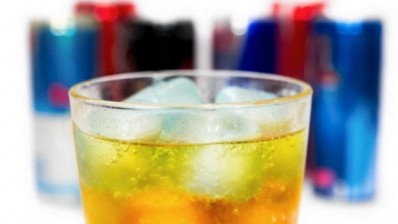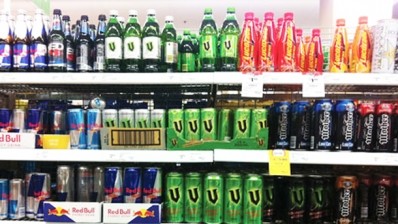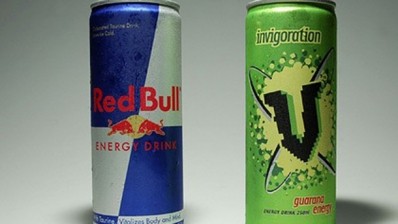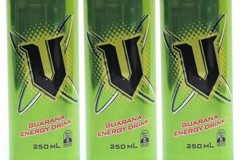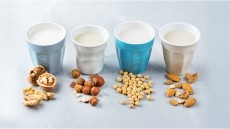Labels on energy drinks inadequate, says Australian health group
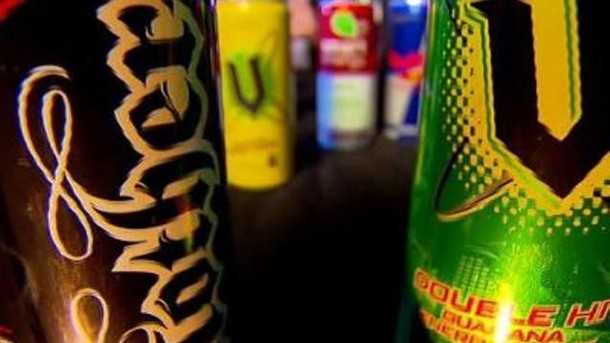
Under the Australia and New Zealand Food Code, caffeinated energy drinks are required to carry on their label the amount of caffeine per 100ml and also per serving size.
The code also requires the label to include advisory statements to the effect that the food contains caffeine, and is not recommended for children, pregnant or lactating women and individuals sensitive to caffeine.
However, Jane Martin, executive manager of the Obesity Policy Coalition, told FoodNavigator-Asia that there is a problem in that the requirements for warnings are inadequate.
“Current labels are usually inconspicuous on the back of packaging in small font, and in some cases the language trivialises their potential danger. Consumers would really have to search for the warning to know it’s there,” said Martin.
The Obesity Policy Coalition was established in 2006 with the aim of influencing change in policy and regulation to support obesity prevention, particularly in Australian children.
Martin said that energy drinks contain large amounts of sugar, which can lead to weight gain and obesity if not burned off. “For example, a 500ml can of V Energy drink contains about 13 teaspoons of sugar, and a 250ml Red Bull contains about seven teaspoons of sugar.”
Trivial, unclear labels
Martin said that uncertain language allows products like V to trivialise the health warning, noting that a 500ml can of V says, “V contains caffeine, so if you’re a little kid, pregnant, lactating or caffeine doesn’t agree with you, then V is not for you.”
“This doesn’t go far enough—language like ‘little kid’ doesn’t address the problem of consumption of these products by ‘children’ who don’t consider themselves little kids,” said Martin.
V is an energy drink brand produced by Frucor Beverages Ltd since August 1997.
Martin added that the labels are also in tiny writing, written in green on a green background and are difficult to find and read. “There is no information about health risks from caffeine or sugar, particularly for vulnerable groups like children.”
Martin called for better regulation of caffeinated energy drinks with clear warnings on labels telling people how much caffeine and sugar is in the drink and what health impact this may have.
“I think the sale of caffeinated energy drinks should be restricted for consumption by children and young people. The current enquiry into caffeine regulation has the potential to inform and shape any future action FSANZ may take to improve regulation of these types of products,” Martin said.
Martin was referring to Australia’s Federal Department of Health release of a new discussion paper aimed at the regulation and availability of caffeinated energy drinks in Australia and New Zealand.
Industry thinks laws ‘best’ in the world
Pushed by growing concerns from health groups about the adverse medical affects of the products, the department said the paper had been put together to offer “policy guidance” on the issue.
However, Geoff Parker, CEO of the Australian Beverages Council, refuted the notion that current laws are inadequate, adding that Australian set the highest benchmark in labelling, even when compared to the rest of the world.
“By law, energy drinks are clearly labelled that they are not suitable for children and no more than two per day should be consumed,” he said.
“As well as disclosing the amount of caffeine, they also provide advisory statements on who should avoid consumption, and a daily maximum consumption allowance,” said Parker, who has previously urged the government instead to level their concerns of caffeine consumption among young Australians towards coffee.
